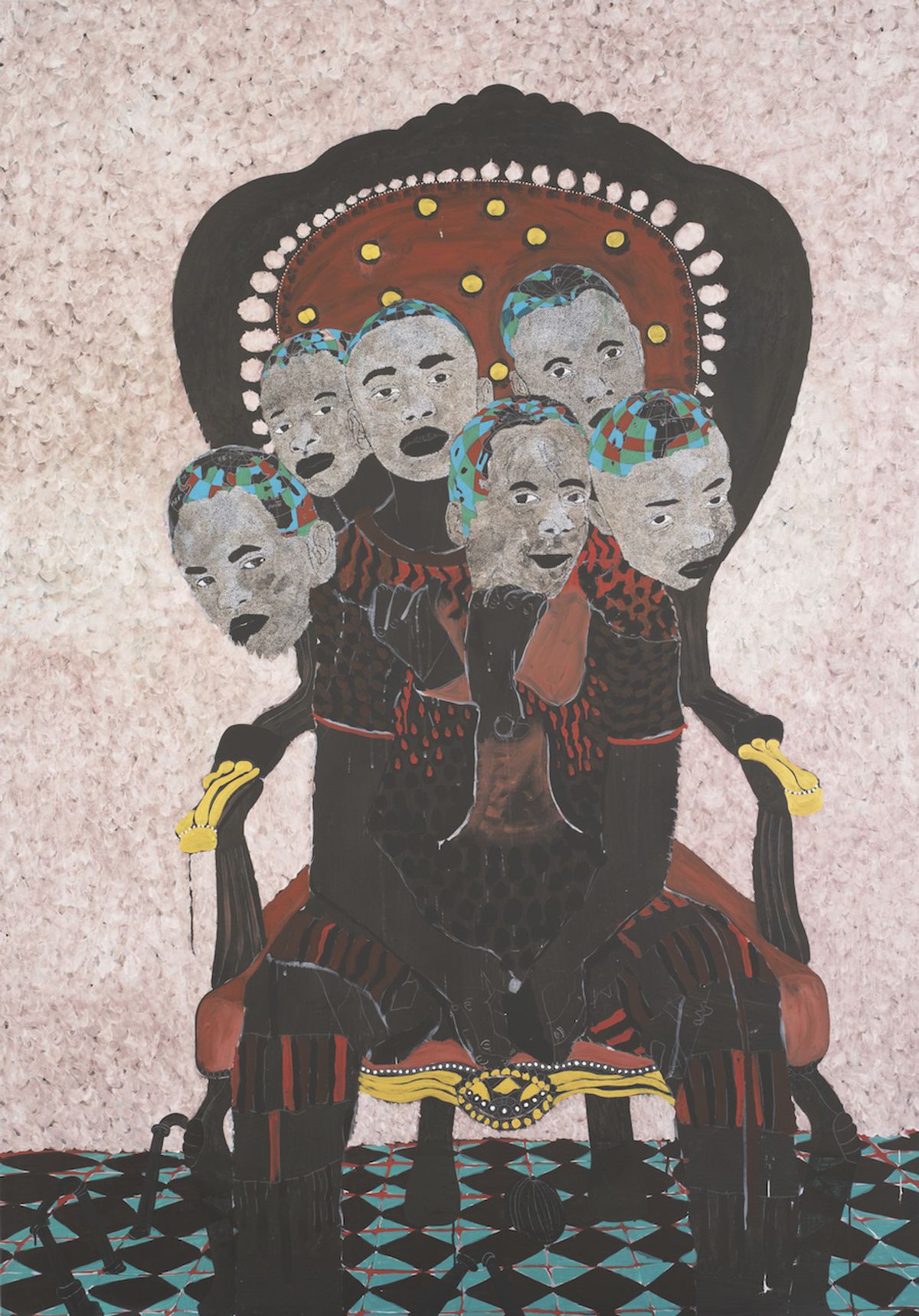As a continent, Africa is arguably the last frontier art market and, as China’s economy continues to slow, it is attracting increasing attention—in October, the International Monetary Fund calculated that six of the ten fastest-growing global economies are in Africa. The rise of Modern and contemporary African artists on the market in Europe and the US, and the spike in museum shows dedicated to them, was a phenomenon in 2018. Yet the continent itself, with its reputation as a relatively high-risk business environment with a still nascent domestic collector base, remains unexplored by many international galleries.
Is that changing? Yes, but slowly. This month, two young fairs at either end of the continent invite comparison with each other: the seventh Investec Cape Town Art Fair which took place last week (15-17 February), organised by the Italian company Fiera Milano, and the second 1-54 Contemporary African Art Fair in Marrakech (23-24 February).
Liza Essers, the owner and director of South Africa’s Goodman Gallery, which exhibits at both fairs, says that showing in Marrakech is in keeping with her desire to break down what she calls “the colonial construct of the division between north and sub-Saharan Africa”. Over the past decade, Essers has made a conscious effort to sign up new artists from across the continent, “to build a dialogue” between north and south.
“South Africa is more established, but in terms of growth I think Morocco is becoming one of the next big art market centres in Africa, but there is a very different collector base,” she says.
Touria El Glaoui, the founder of 1-54 Contemporary African Art Fair, which launched in London in 2013, says of the first Marrakech edition last year: “We expected some visitors from New York and London who know our other fairs, but we didn’t account for the importance of the language. There was a huge francophone audience of collectors and curators—from France and Belgium but also from Tunisia, Senegal and the Cote d’Ivoire.” El Glaoui adds that while Morocco’s collector base is much smaller than South Africa’s “[the country] has the major advantage of only being three hours away [from the UK] by plane”.
As for collectors within Africa, El Glaoui believes the challenge consists of changing the mindset. “African collectors tend to buy directly from artists,” she says. “The whole art fair model is not really established in Africa, traditionally there has not been a middleman. We’re trying to explain what galleries are doing for the artists they collect. That model of buying straight from the artist is quite hard to change.”
With more than 100 exhibiting galleris, the Cape Town fair is larger than 1-54, which keeps to 18 exhibitors to fit into its La Mamounia hotel venue and avoid diluting sales—the still fledgling client base could not sustain a huge number of galleries. Keeping the 1-54 format bijou worked well for the Paris-based Magnin-A gallery last year—it almost sold out to new collectors.
Philippe Boutté, the director of Magnin-A, says the market was almost “non-existent” on the continent ten years ago and “Western collectors were the first to be interested in artists from Africa.” He adds that recently there has been “growing interest [among] the younger generation for their artists. After leaving their country to study in the largest universities, they return to Africa and participate in the tremendous economic boom… and start collecting. But the path is still long.” Magnin-A will show works by the Malian painter Amadou Sanogo and the Senegalese photographer Omar Victor Diop at both fairs, among other artists.
Magnin-A was a first-time exhibitor at the Cape Town fair, as was the Paris- and Brussels-based Galerie Templon. Templon’s executive director Anne-Claudie Coric says it tries to test a couple of new fairs each year. “I find it a very efficient way to ‘feel’ an artistic scene, discover new artists, meet new curators, collectors, journalists,” she says. “Last year, we received very good feedback from colleagues and collectors who visited Cape Town.”
Coric sees “great potential” in the country, citing new energy following the opening of the Zeitz Mocaa museum in 2017, but says growth is slow: “Over the last few years, we have seen new collectors emerge from Africa, from Senegal, Benin, Nigeria. But this remains marginal compared to other developing countries. It’s a very elitist movement in countries that are plagued with many other economic and societal issues.”
Galerie Templon presented a solo show of the Senegalese artist Omar Ba, whose work, Coric says, “explores African identity, the relationship between Africa and the Western World, the complexity of post-colonial geopolitics in a globalised economy”.
Other new exhibitors at Cape Town this year included Ayyam Gallery (Dubai), Matter Gallery (Toronto) and Retro Africa (Abuja). Laura Vincenti, the fair’s director, says it has grown “exponentially” in the past four years. While Cape Town’s isolation from art market centres can, she says, be “a challenge in terms of cost and commitment, we’ve seen that the distance is becoming less and less of a factor as the magnetism of Cape Town strengthens”. She describes the fair as “in between” local fairs and international events, with a mix of international and African art, though she objects to that very term: “Why do we keep labelling it as African art? We don’t say European art or Asian art… The core is art, not the geographical provenance.”
• Investec Cape Town Art Fair, Cape Town International Convention Centre, 15-17 February
• 1-54 Contemporary African Art Fair Marrakech, La Mamounia, 23-24 February


